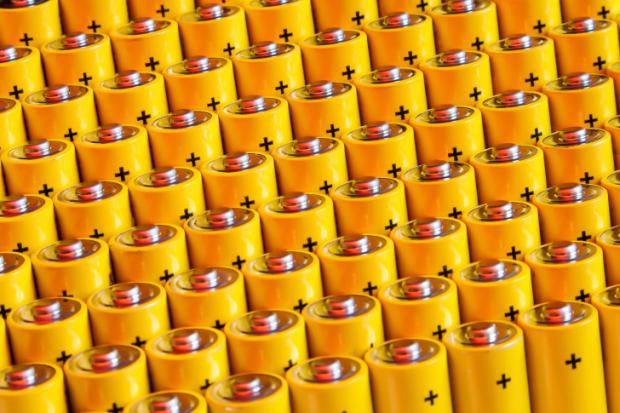
Breaking News
 China Will Close the Semiconductor Gap After EUV Lithography Breakthrough
China Will Close the Semiconductor Gap After EUV Lithography Breakthrough
 The Five Big Lies of Vaccinology
The Five Big Lies of Vaccinology
 Large global study analyzing data from 192 countries has sparked intense debate by suggesting...
Large global study analyzing data from 192 countries has sparked intense debate by suggesting...
Top Tech News
 EngineAI T800: Born to Disrupt! #EngineAI #robotics #newtechnology #newproduct
EngineAI T800: Born to Disrupt! #EngineAI #robotics #newtechnology #newproduct
 This Silicon Anode Breakthrough Could Mark A Turning Point For EV Batteries [Update]
This Silicon Anode Breakthrough Could Mark A Turning Point For EV Batteries [Update]
 Travel gadget promises to dry and iron your clothes – totally hands-free
Travel gadget promises to dry and iron your clothes – totally hands-free
 Perfect Aircrete, Kitchen Ingredients.
Perfect Aircrete, Kitchen Ingredients.
 Futuristic pixel-raising display lets you feel what's onscreen
Futuristic pixel-raising display lets you feel what's onscreen
 Cutting-Edge Facility Generates Pure Water and Hydrogen Fuel from Seawater for Mere Pennies
Cutting-Edge Facility Generates Pure Water and Hydrogen Fuel from Seawater for Mere Pennies
 This tiny dev board is packed with features for ambitious makers
This tiny dev board is packed with features for ambitious makers
 Scientists Discover Gel to Regrow Tooth Enamel
Scientists Discover Gel to Regrow Tooth Enamel
 Vitamin C and Dandelion Root Killing Cancer Cells -- as Former CDC Director Calls for COVID-19...
Vitamin C and Dandelion Root Killing Cancer Cells -- as Former CDC Director Calls for COVID-19...
 Galactic Brain: US firm plans space-based data centers, power grid to challenge China
Galactic Brain: US firm plans space-based data centers, power grid to challenge China
Silicon "sandwiches" make for lightweight, high-capacity batteries

A team at Clemson University has come up with a new design that overcomes some of the problems with incorporating this material into lithium-ion batteries, enabling them to demonstrate a lightweight and multipurpose device that could be used to power satellites and spacesuits.
Scientists have been investigating the potential of silicon in lithium-ion batteries for a long time, and with good reason. Using the material for the anode component instead of the graphite used today could increase the storage capacity of these devices by as much as 10 times, but there are a few kinks to iron out first.
Silicon doesn't exhibit the same durability as graphite in these scenarios, tending to expand, contract and break apart into small pieces as the battery is charged and discharged. This causes the deterioration of the anode and failure of the battery, but we have seen a number of potential solutions to this over the years, including fashioning the silicon into sponge-like nanofibers or tiny nanospheres before integrating them into the device.
The new research out of Clemson University looks to shore up the dependability of silicon with the help of carbon nanotube sheets called Buckypaper, which we've also seen used in the development of next-generation heat shields for aircraft. These sheets were paired with tiny, nanosized silicon particles in what the team says is an arrangement much like a deck of cards, with the silicon particles sandwiched in between each layer.

 This is why RAM costs so much
This is why RAM costs so much

